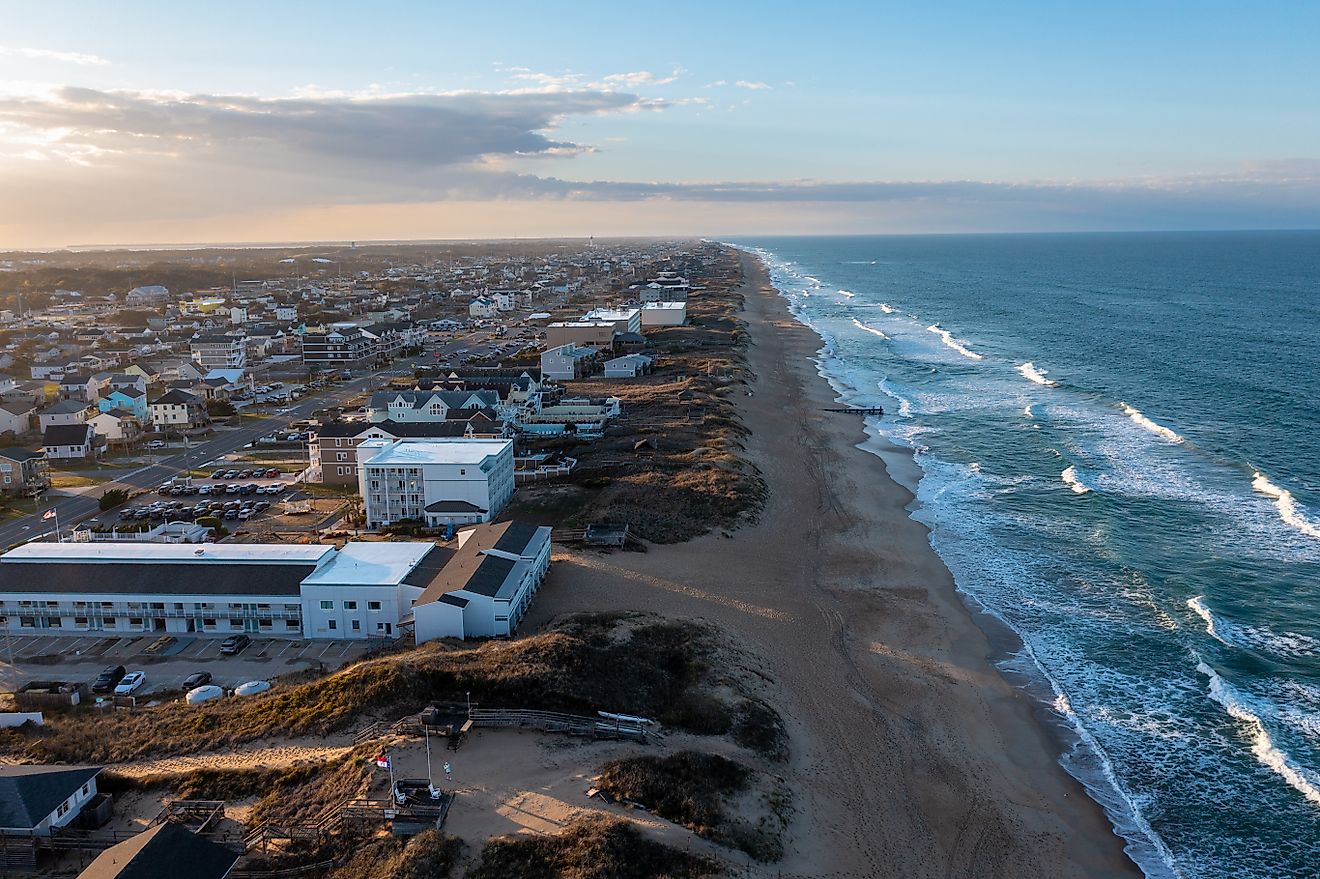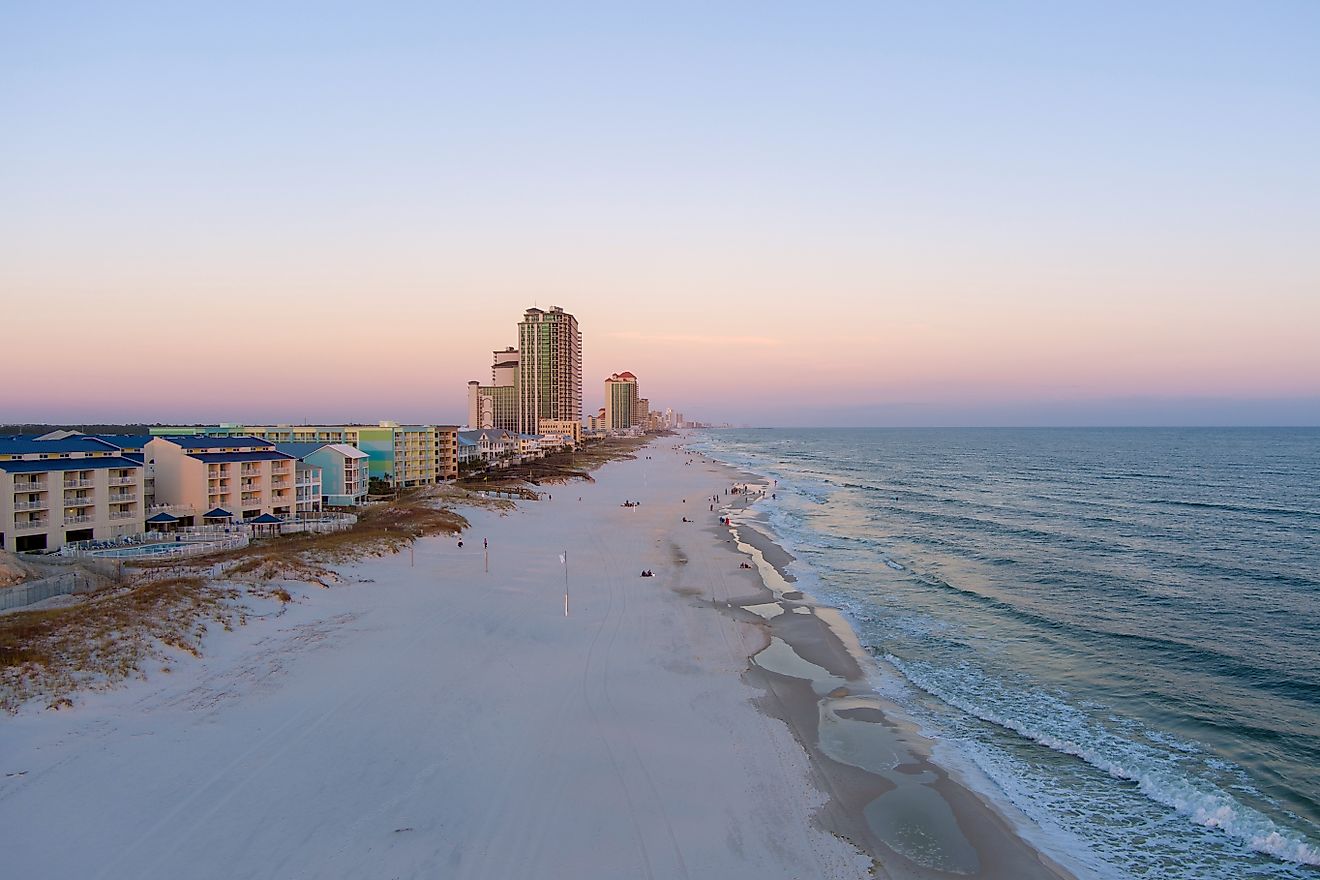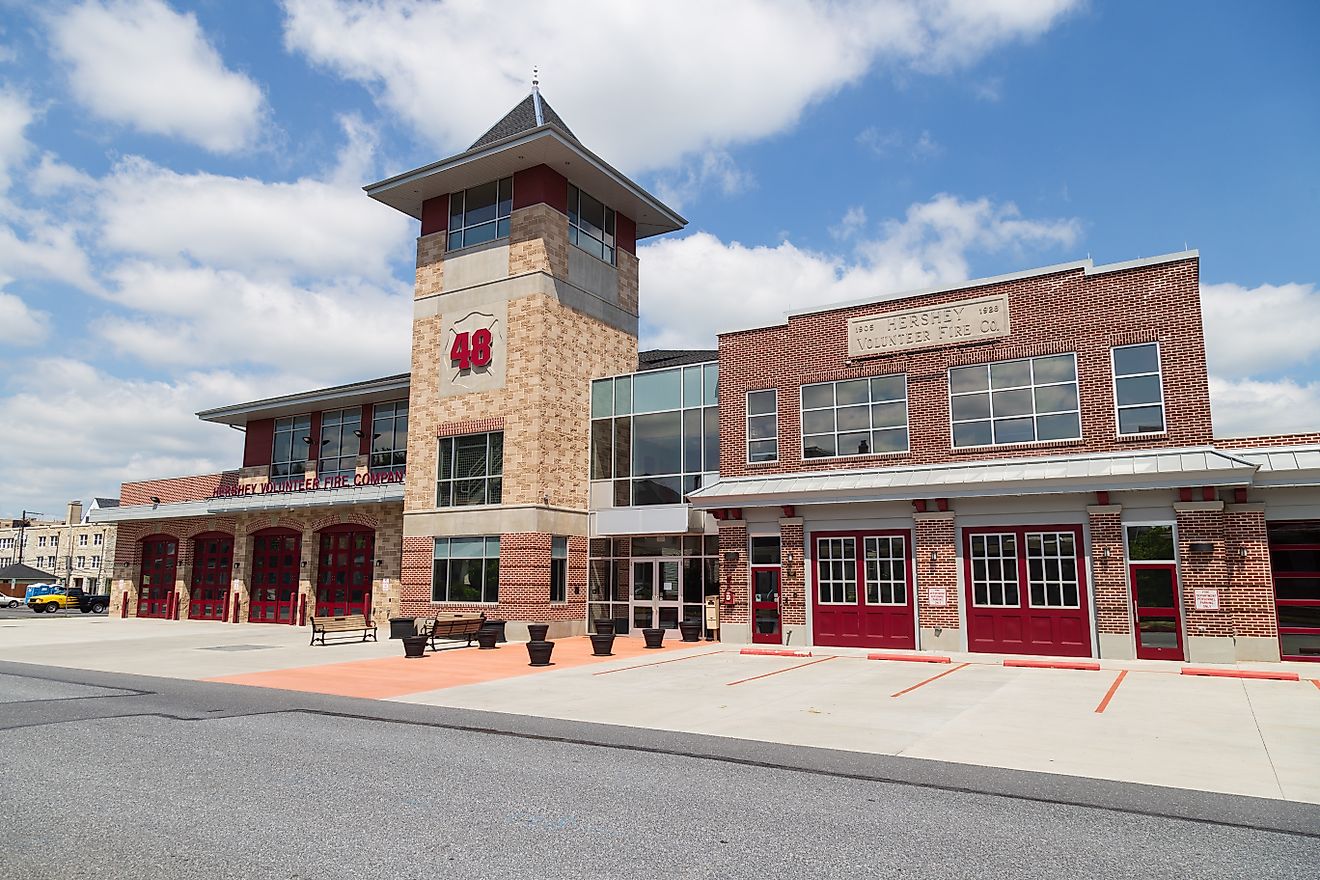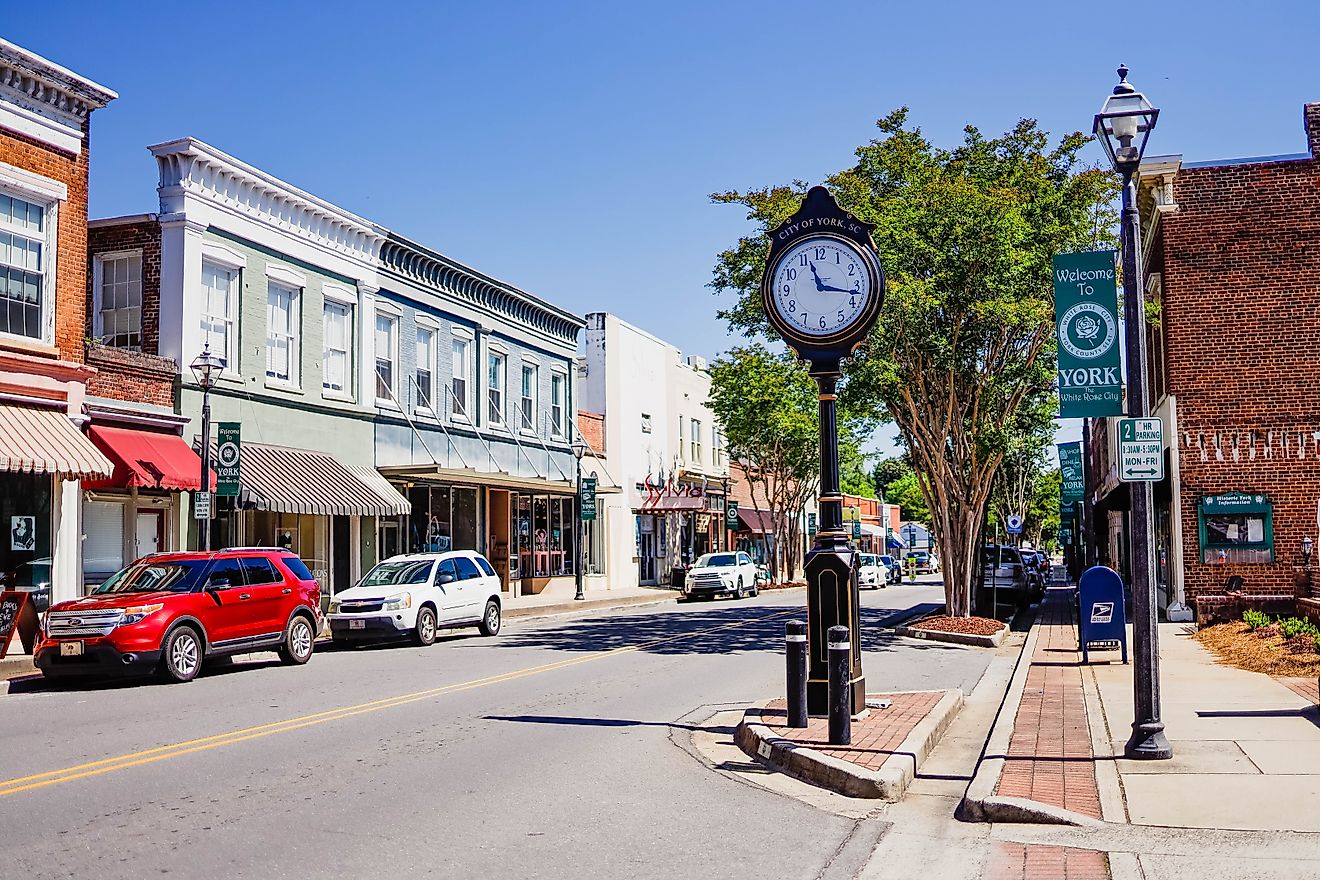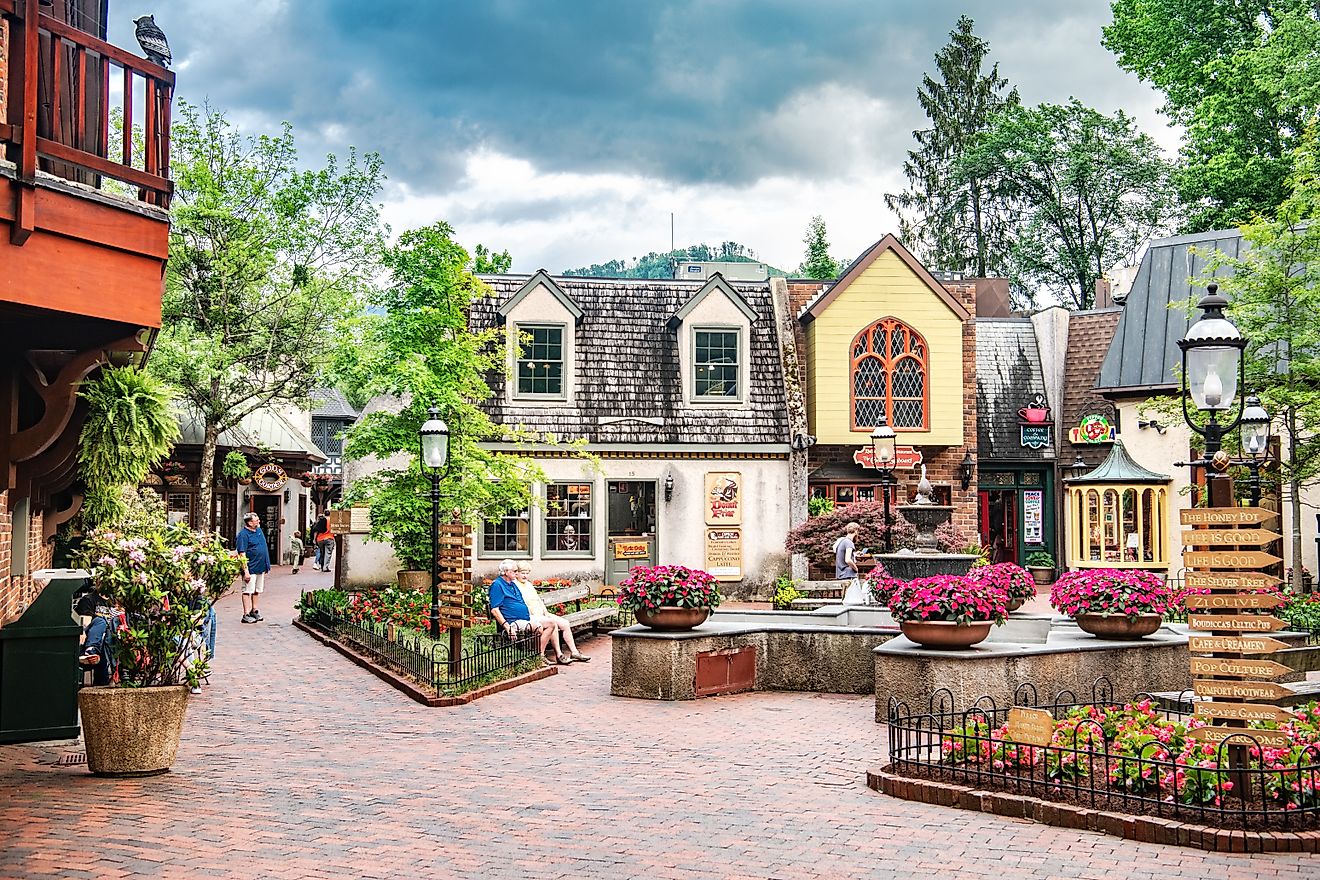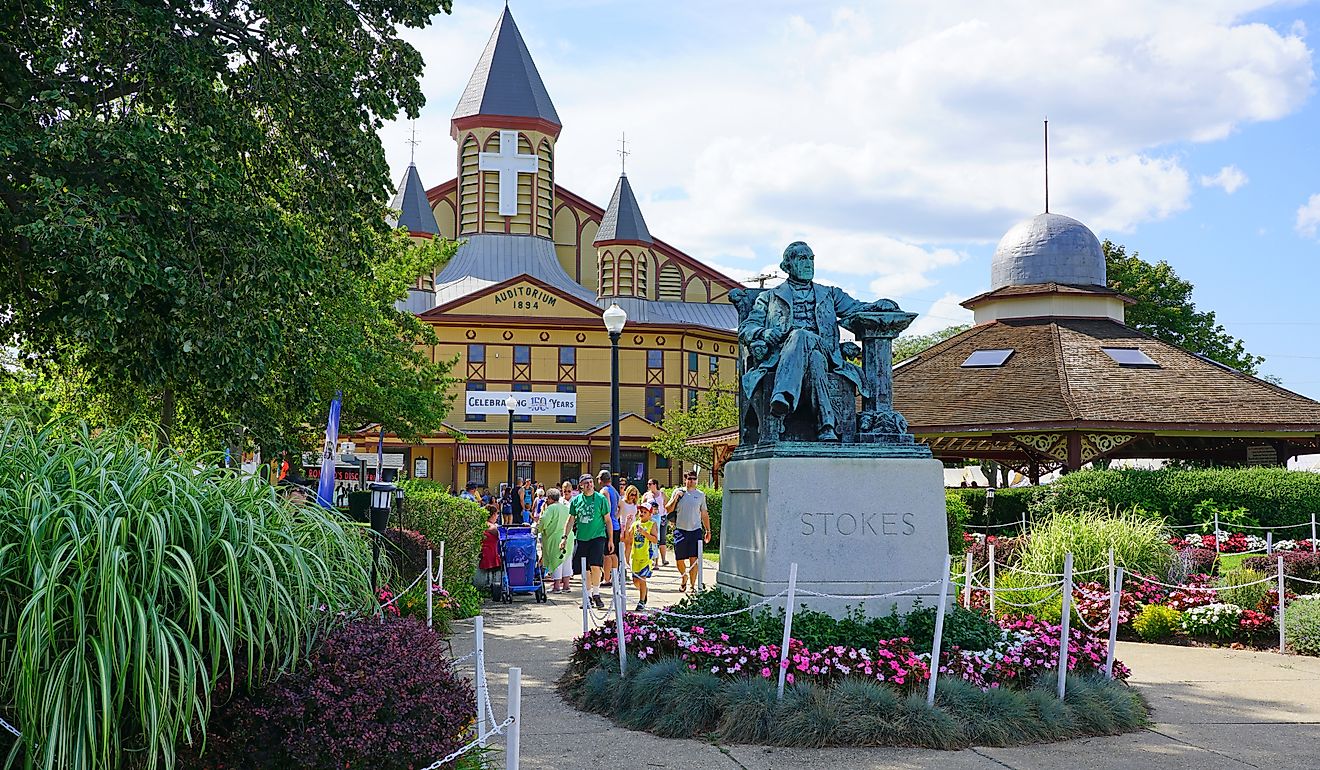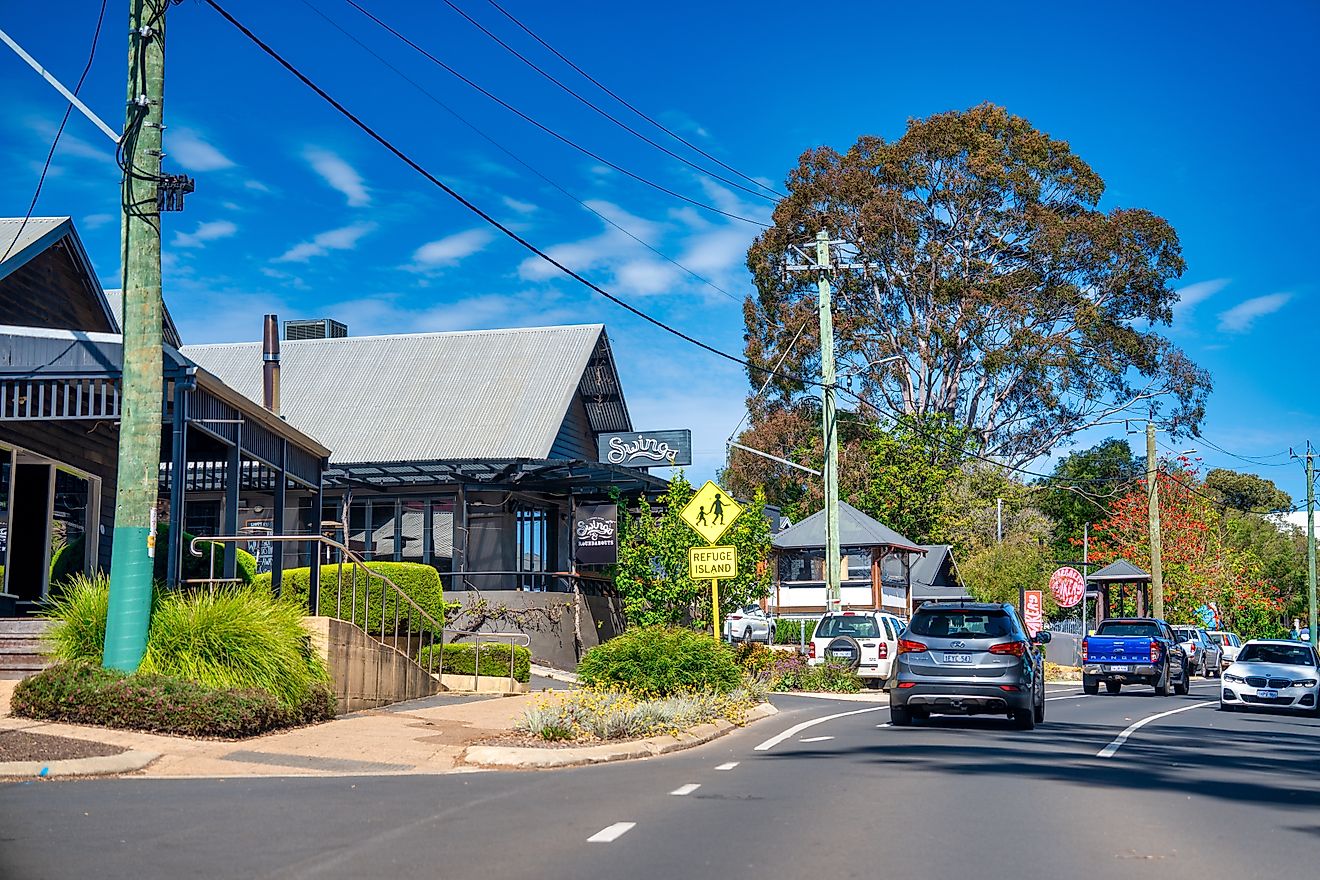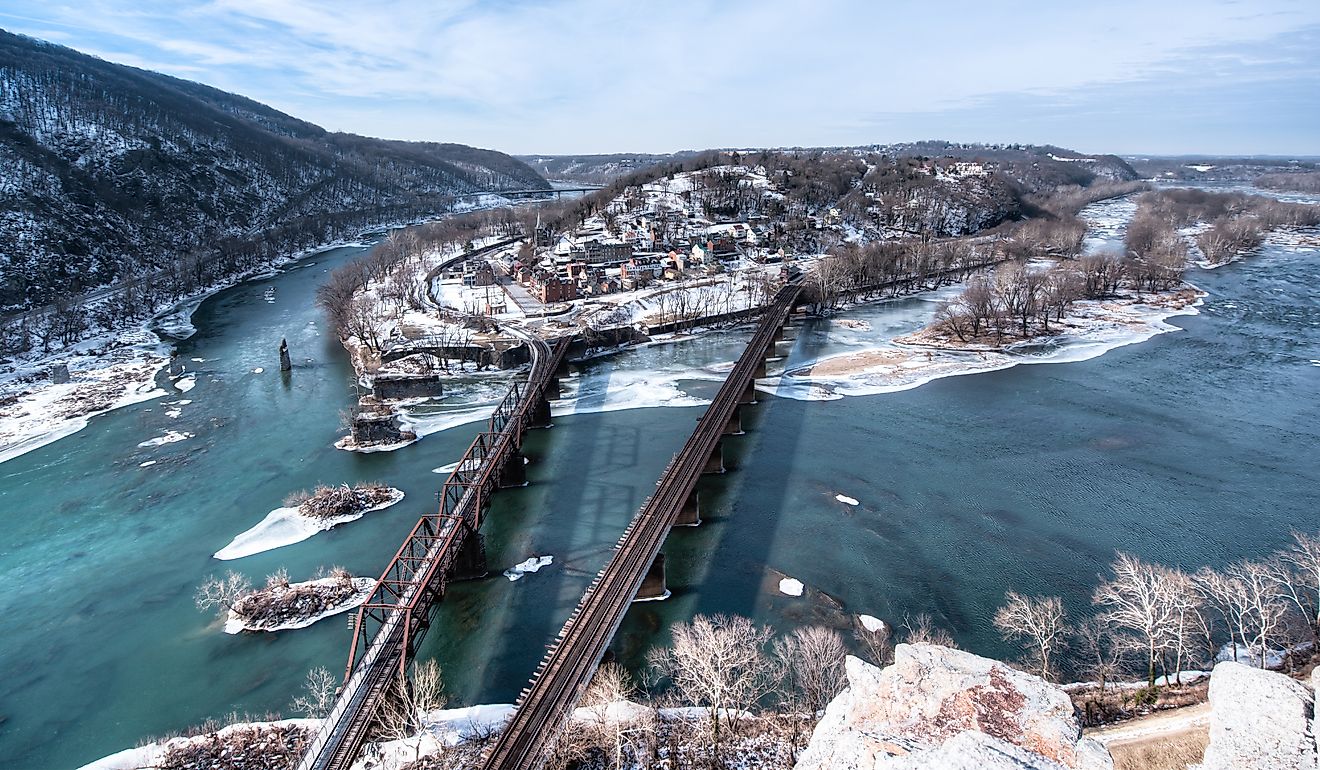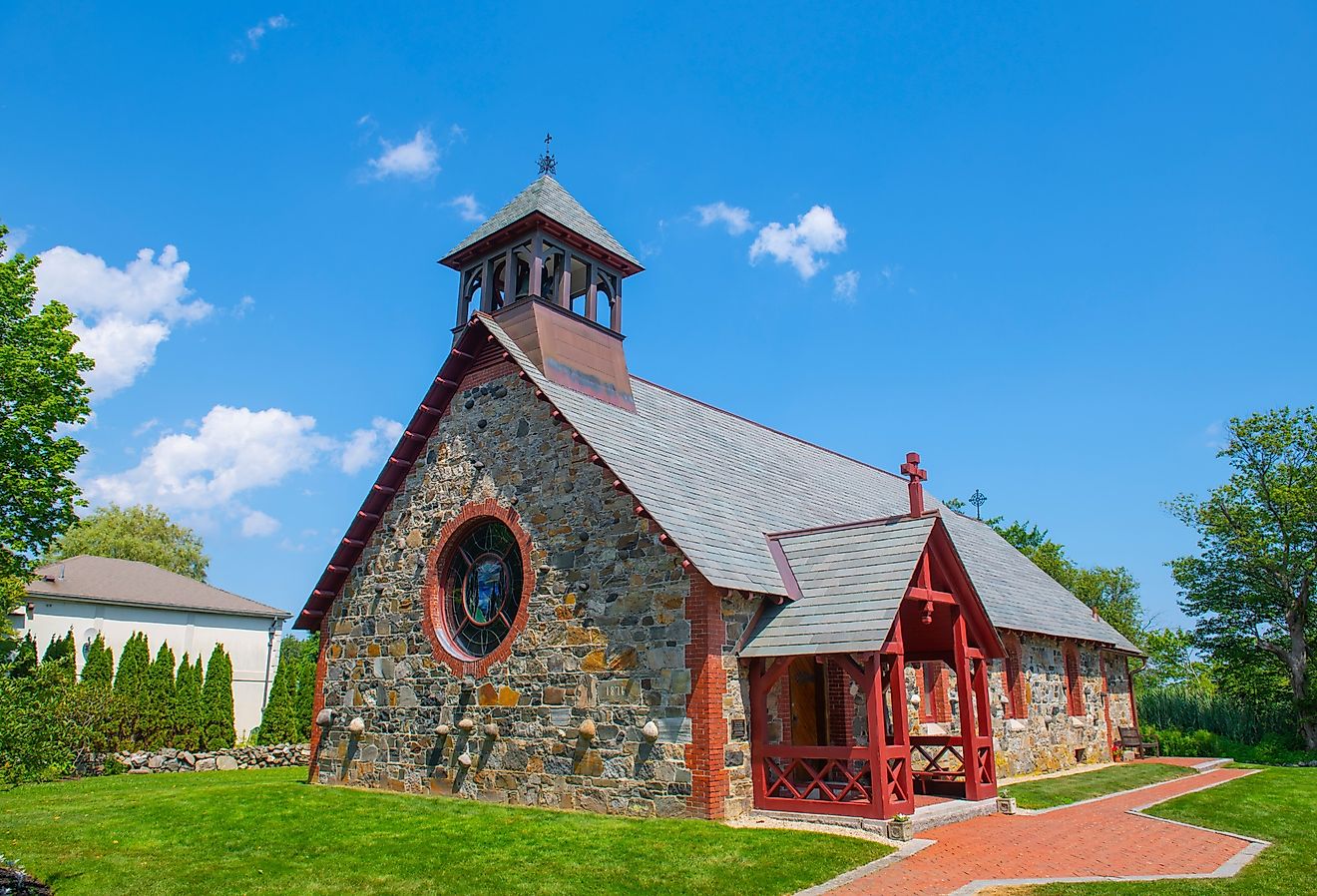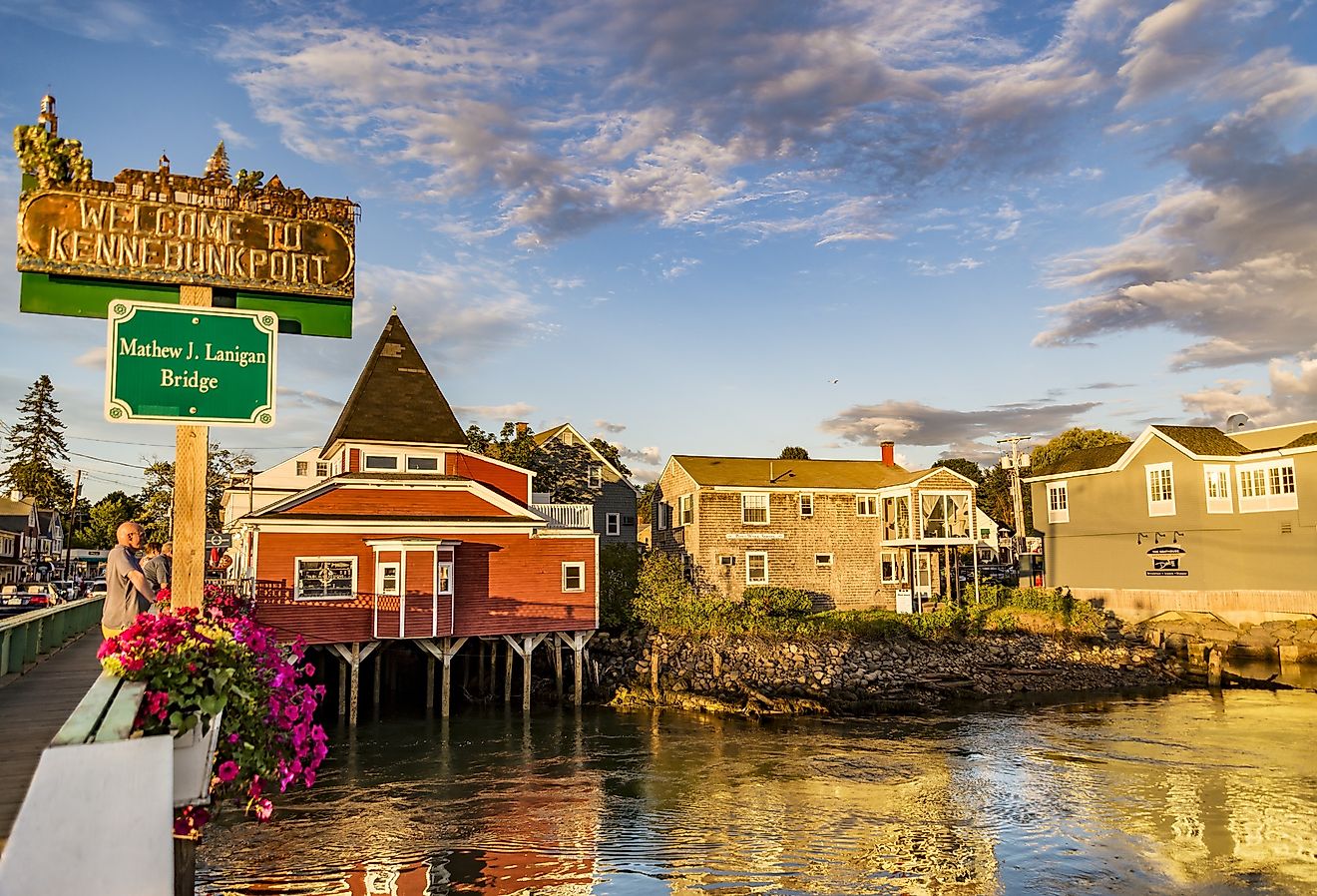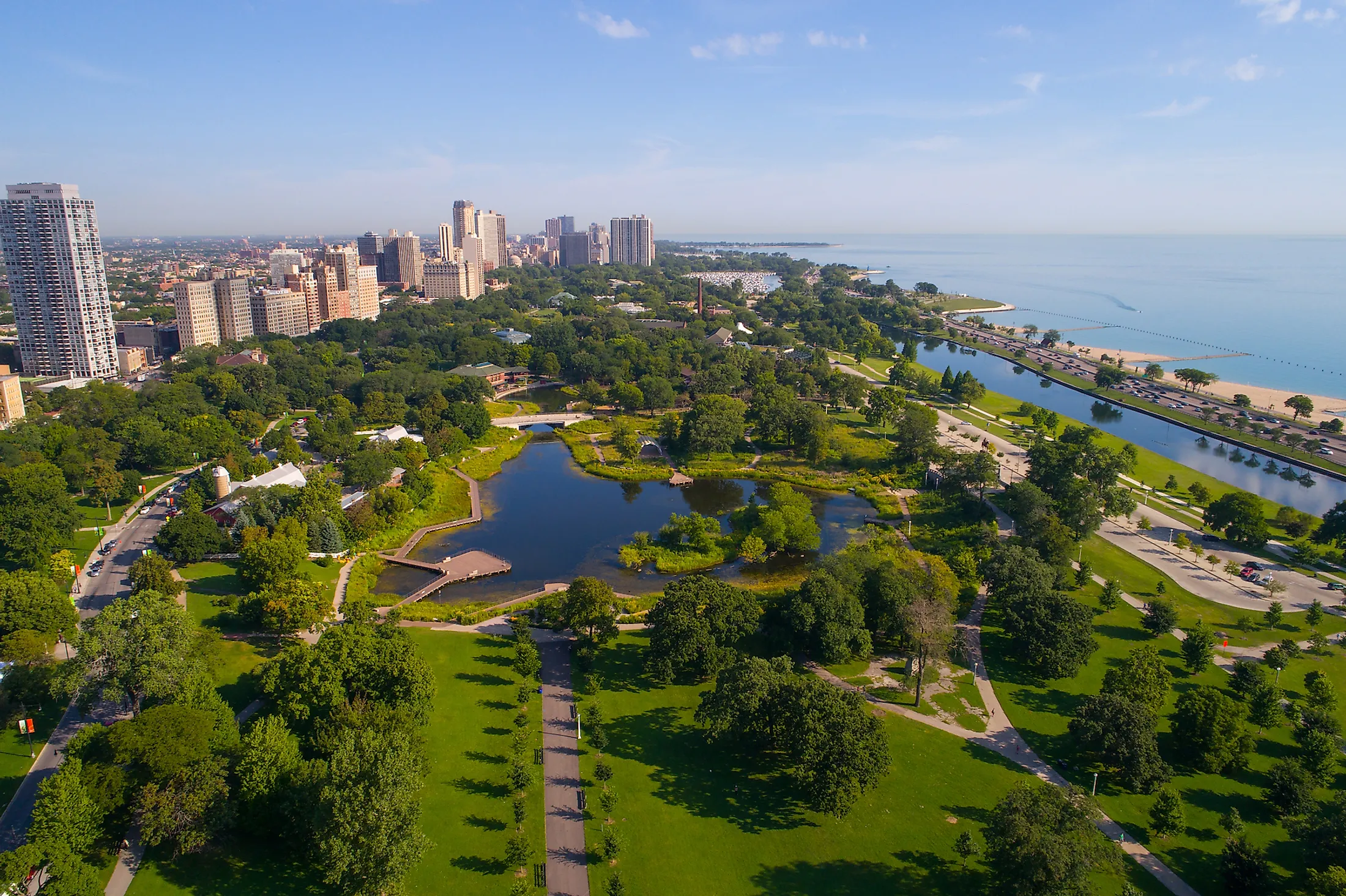
Lincoln Park
Lincoln Park is located along Lake Michigan, to the north of Chicago, in the state of Illinois. It is the city’s largest park, measuring 11 km in length, and occupying an area of 1,208 acres. Due to its urban location, the park includes a mixture of things from museums and a zoo to parklands, beaches and recreational areas.
History
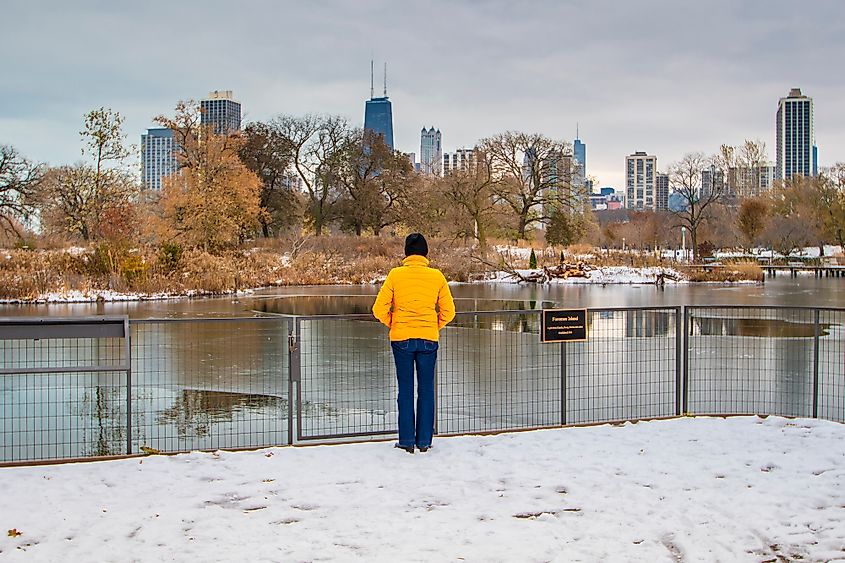
The beginnings of the park were first established in 1860, at which time it was known as Lake Park. The park was then situated beside the city cemetery, which dates back to 1843. In 1865, Lake Park the area was renamed Lincoln Park after the recent assassination of President Abraham Lincoln, and in 1994 the park was added to the National Register of Historic Places, which included the former City Cemetery.
What Is In The Park?
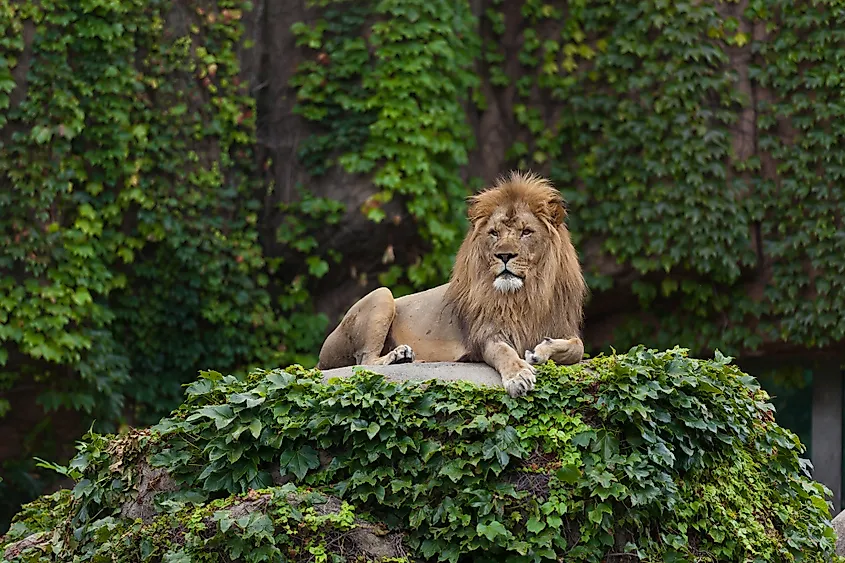
One of the most notable features of the park is the Lincoln Park Zoo. This is a free zoo, with both a working “typical” zoo including 1250 animals like penguins, gorillas, monkeys, reptiles and big cats. The zoo also contains a farm, intended for interactions and education of children and young visitors. Here, kids are able to feed and interact with cows, sheep and horses, and learn about what it takes to run a working farm.
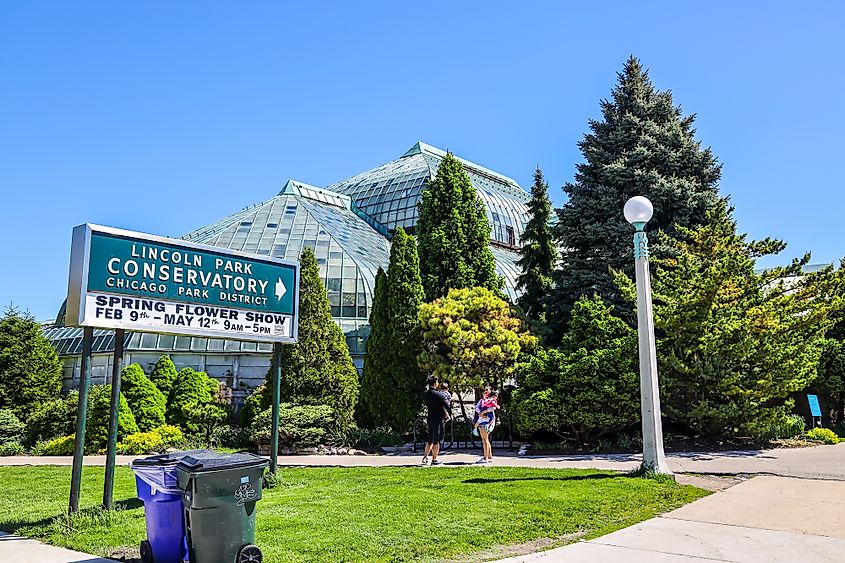
The park also contains a conservatory which was built between 1890 and 1895. Inside, the conservatory has several controlled climates in order to offer viewing of a wide variety of plants - most of which would otherwise not survive in Illinois. The Palm House, Fern Room, and the tropical Orchid Room are just a few examples.
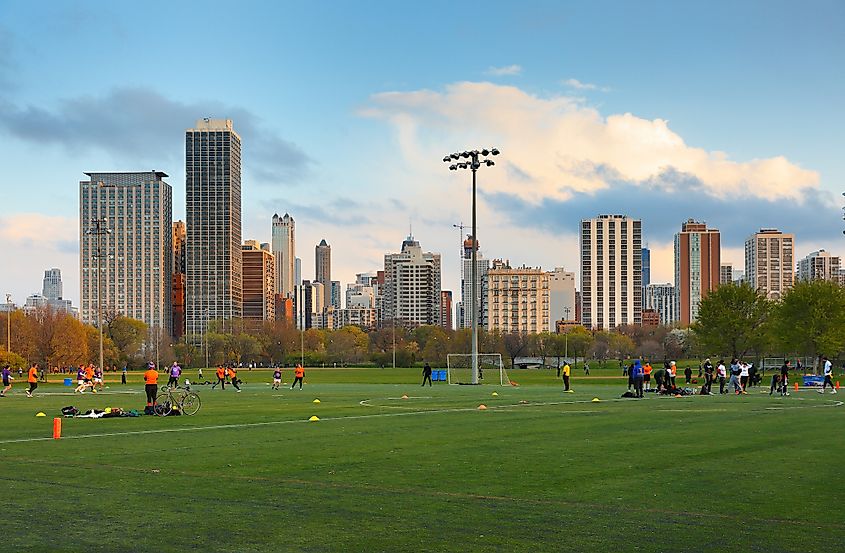
The park also contains a Nature Museum and History Museum. The Nature Museum was established in 1999 and contains exhibits focusing on the ecological history of the area. Also in the museum are a butterfly house with more than 200 species of exotic butterflies; and an educational green home exhibit. The Chicago History Museum has been part of the park since the 1930s and focuses on the human history of Chicago. Exhibits feature artifacts from the Great Chicago Fire, as well as furniture and clothing from the home of Abraham Lincoln.
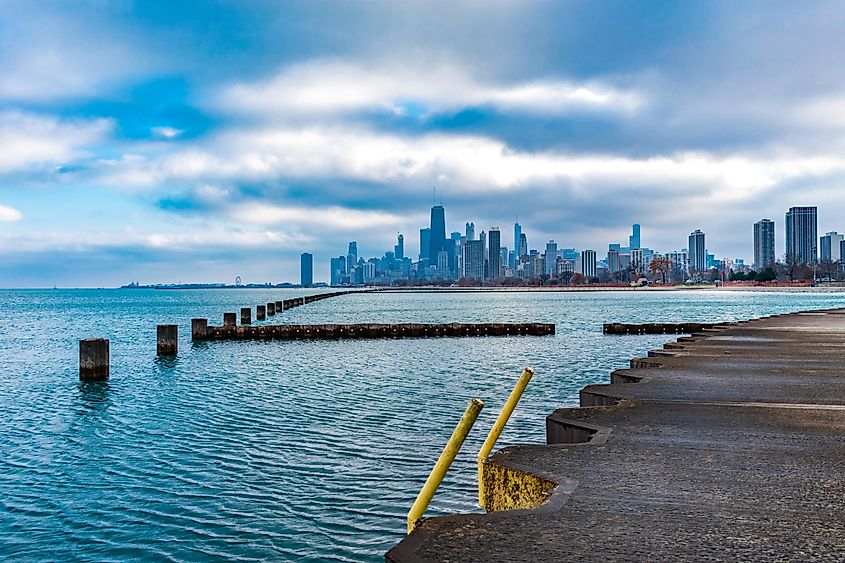
Aside from infrastructure, the park has a lot of natural areas as well. Several beaches can be found along the shoreline of the lake, where swimming and sunbathing are common. Boating is also a popular activity on Lake Michigan, and the ork contains a number of harbours and the Chicago Yacht Club. Recreational areas for basketball, volleyball, soccer, rugby, baseball and even golfing can also be found within the park’s neighbourhoods. There is even archery, a skate park, and horseback riding facilities to cover any visitors' needs.
Wildlife
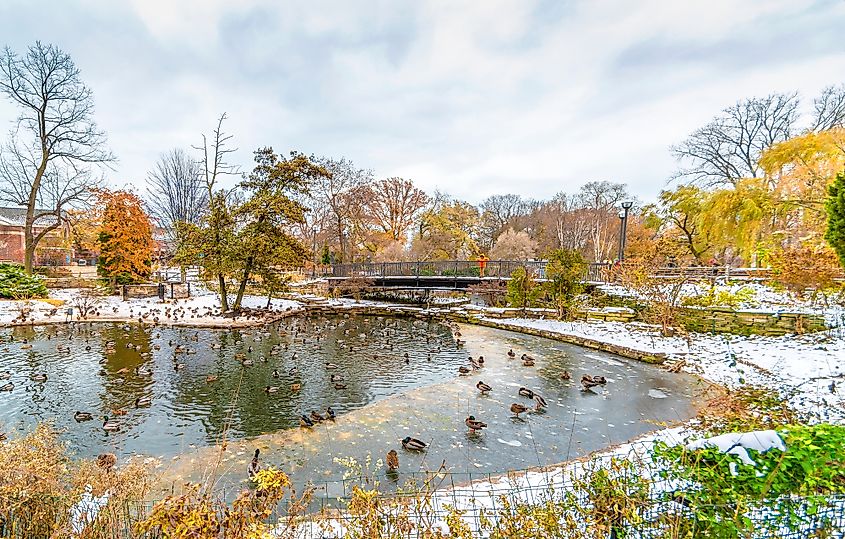
Though Lincoln Park is fairly urban, and located quite close to the major city of Chicago, a large number of native animals still live in the more remote and forested areas of the park. Natural wildlife include beavers, rabbits, opossums, racoons, and sometimes foxes or coyotes. There are also a large number of birds that live in and around the lake area, such as various species of herons, wood ducks, mallards, various thrushes, woodpeckers, 34 species of warblers, 18 native species of sparrows, and a variety of hawks and falcons.
As the largest park in the Chicago area, Lincoln Park has a lot to offer. From educational exhibits to recreation centres, water activities, beautiful beaches and dense forests, the park has something for everyone to enjoy. Though the proximity to a big city can cause concern, the park offers a way for city dwellers to get away from the hustle and bustle of Chicago, and step into the quieter world of Illinois wildlife and wilderness.
